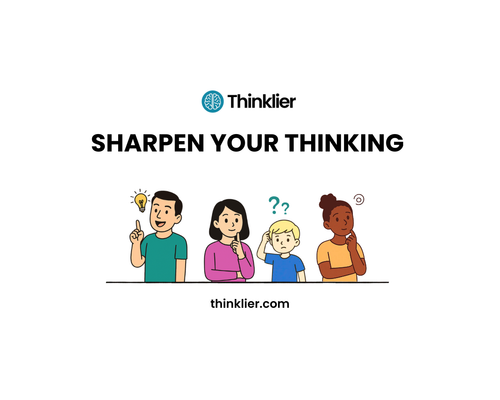Get one fresh, practical idea every 'Thinking Thursday' — plus free access to Thinklier’s toolkits on clear thinking and raising critical thinkers.
Subscribe
Social media doesn’t just shorten attention spans—it flattens meaning. Learn how to help your child understand nuance, resist outrage, and think beyond the scroll.
